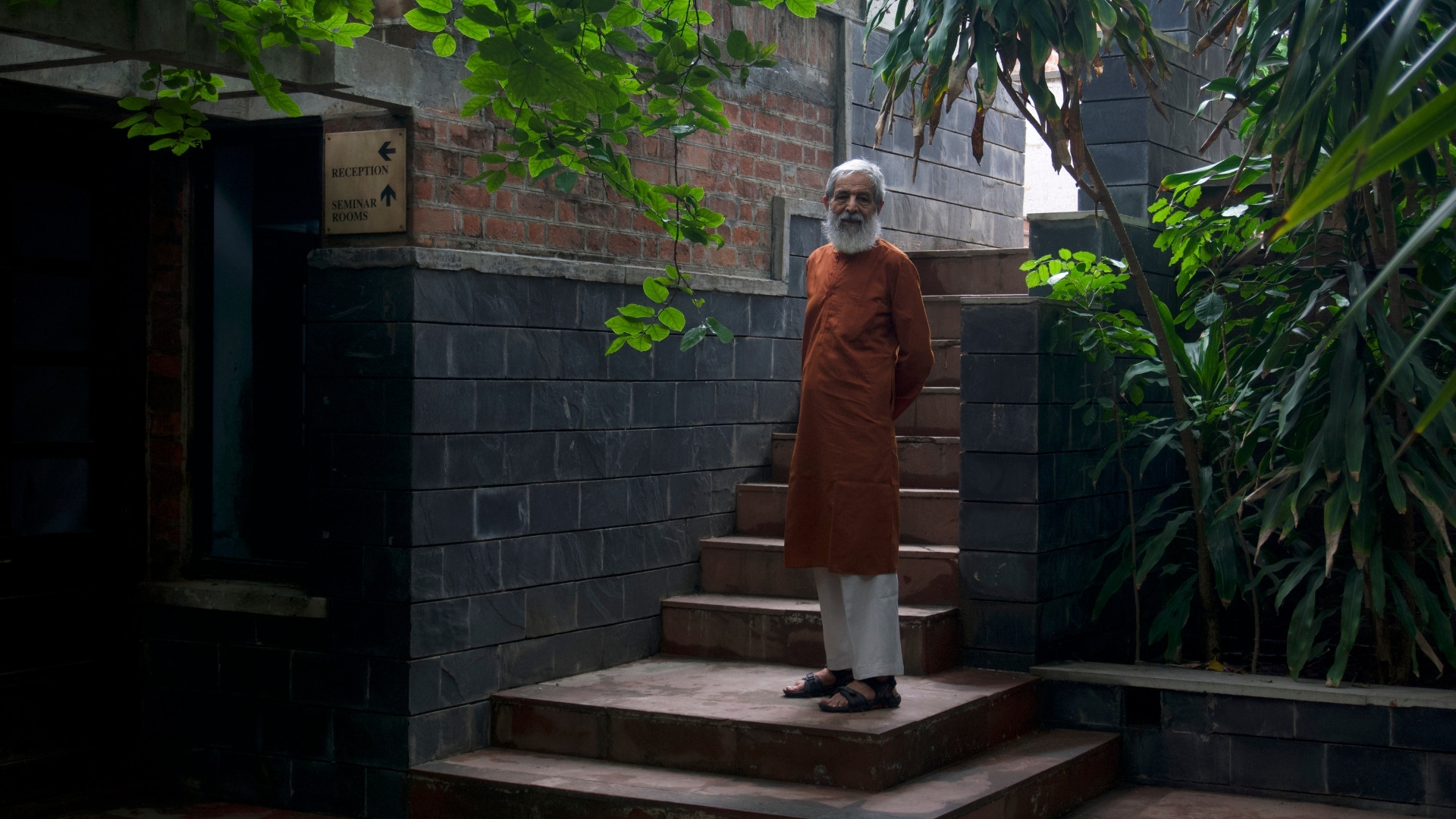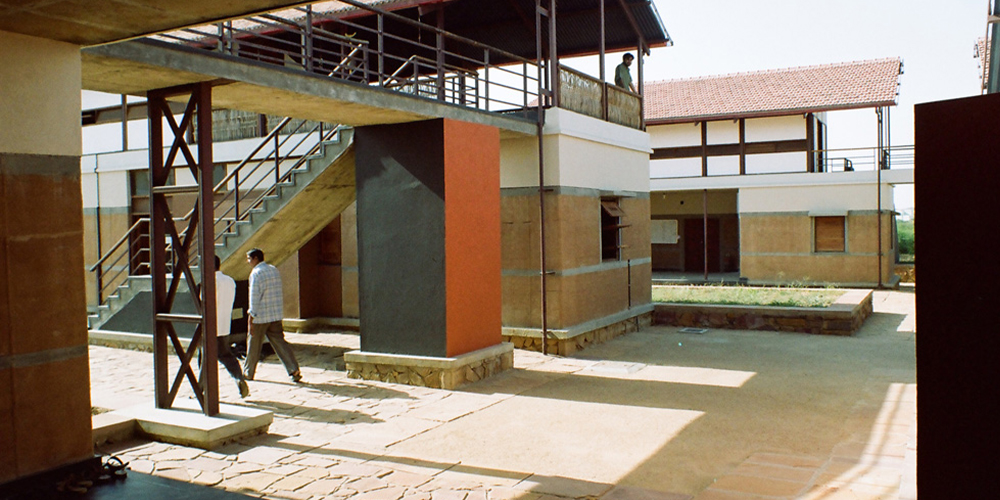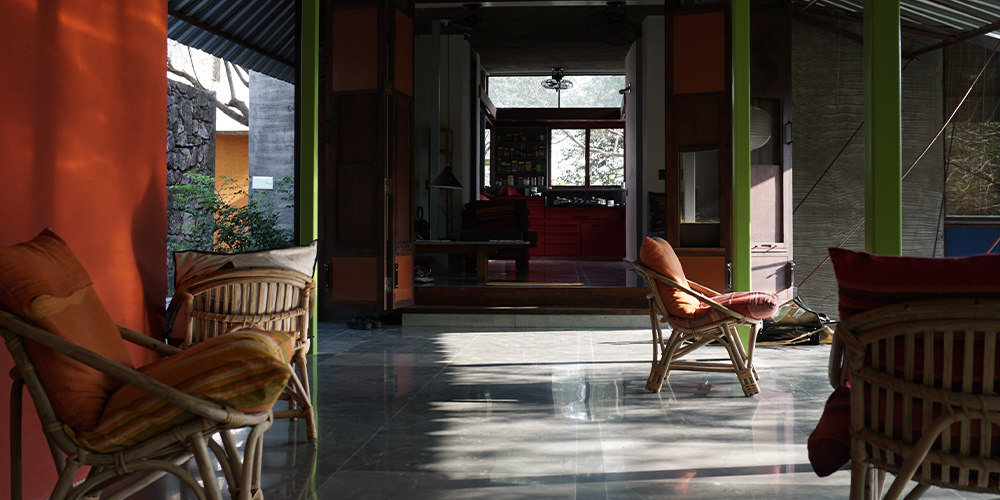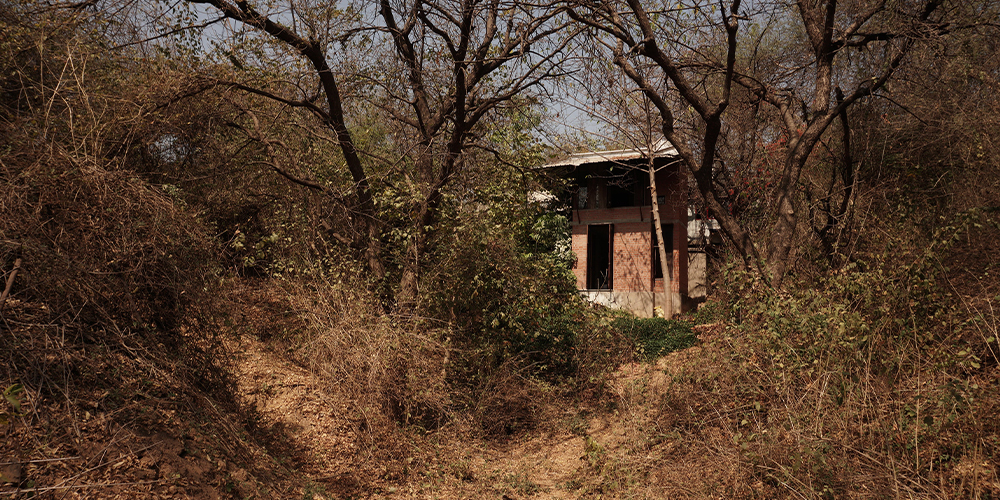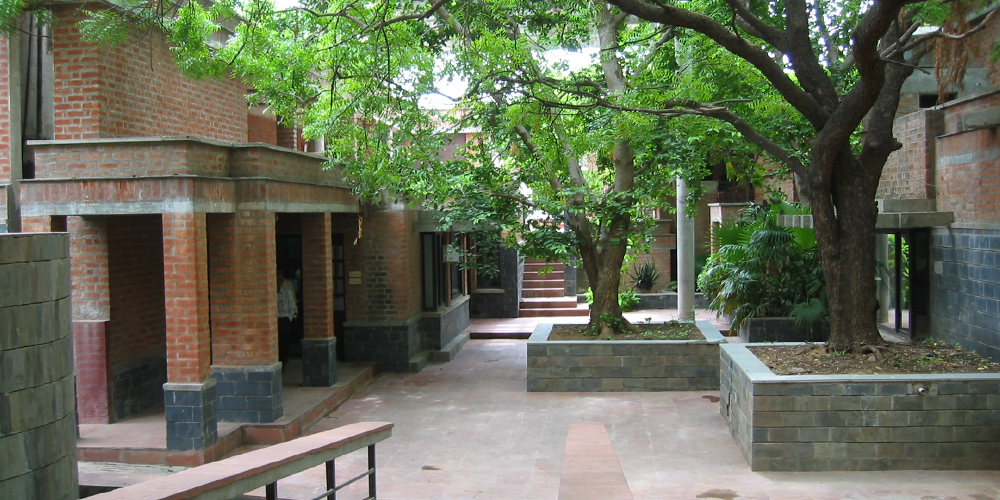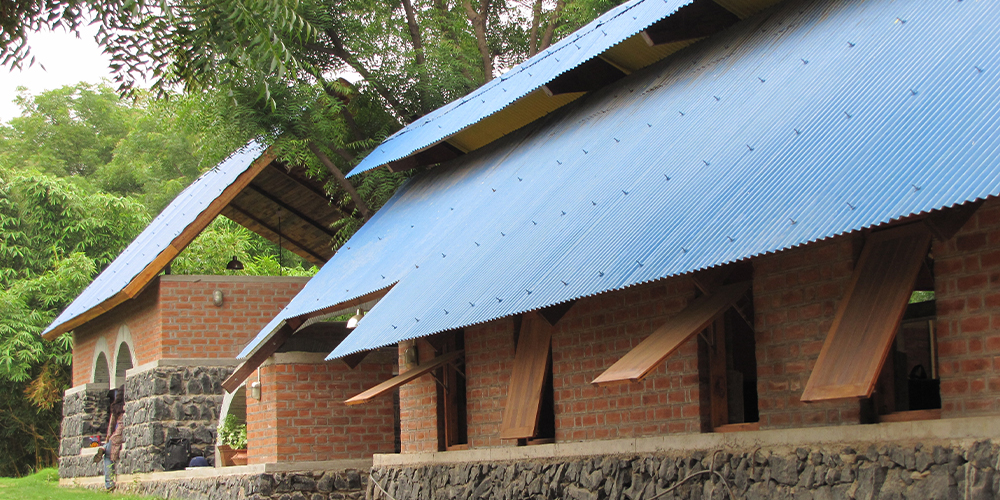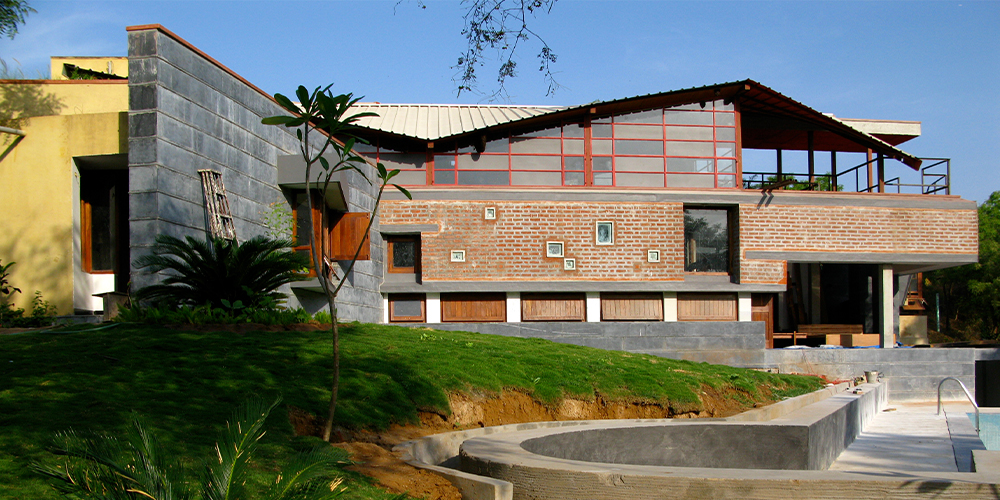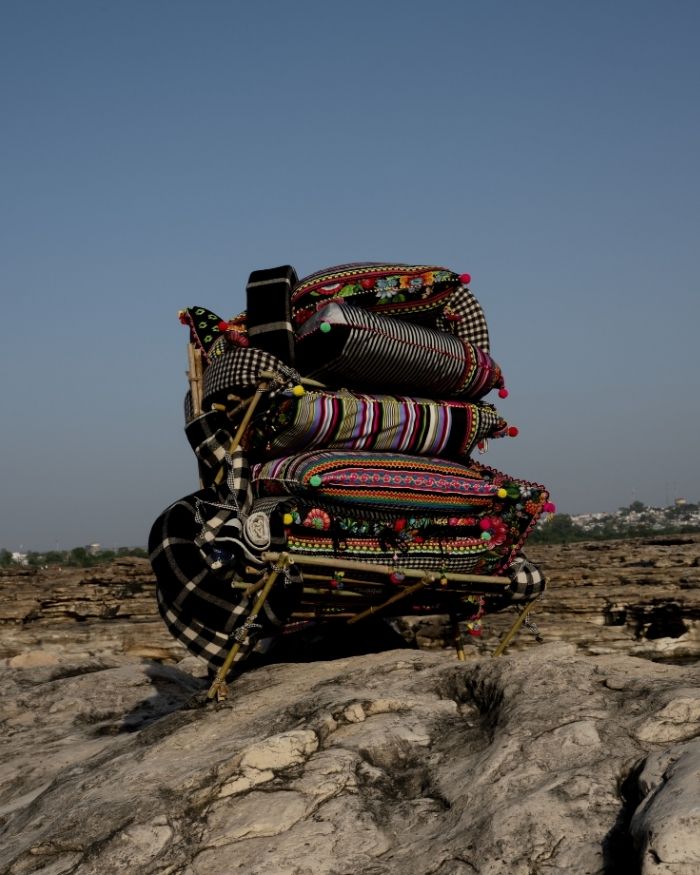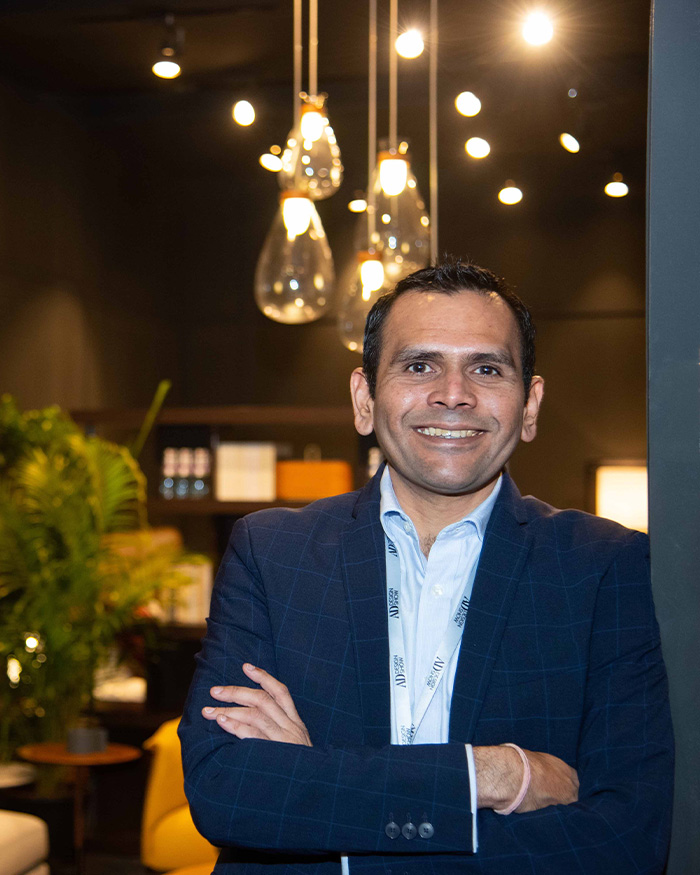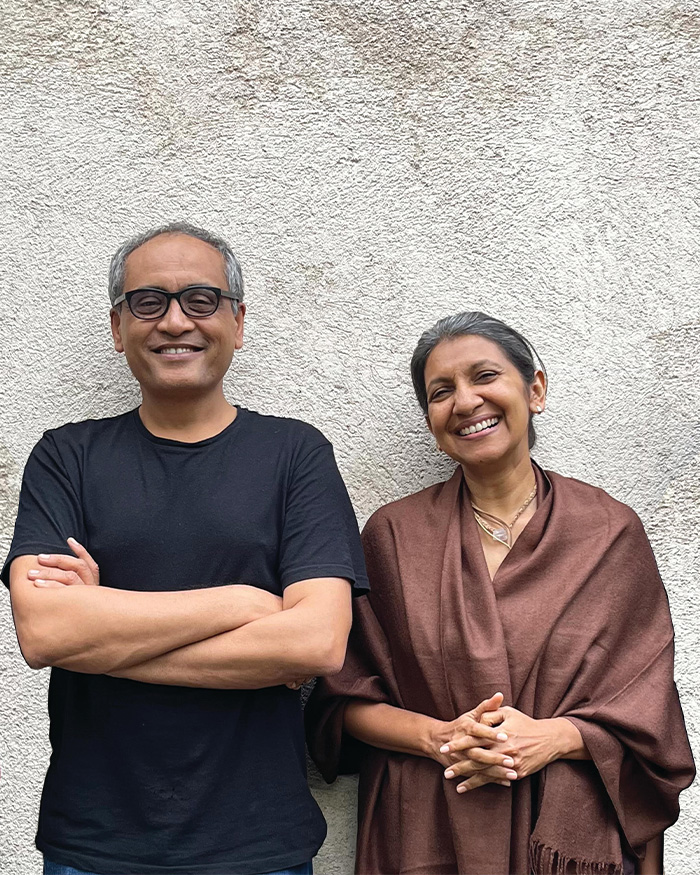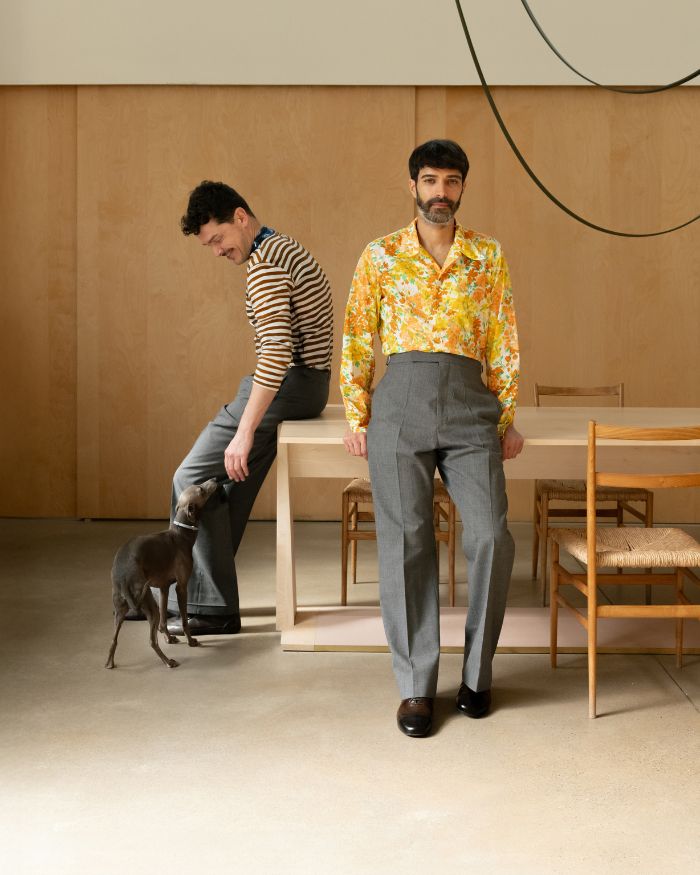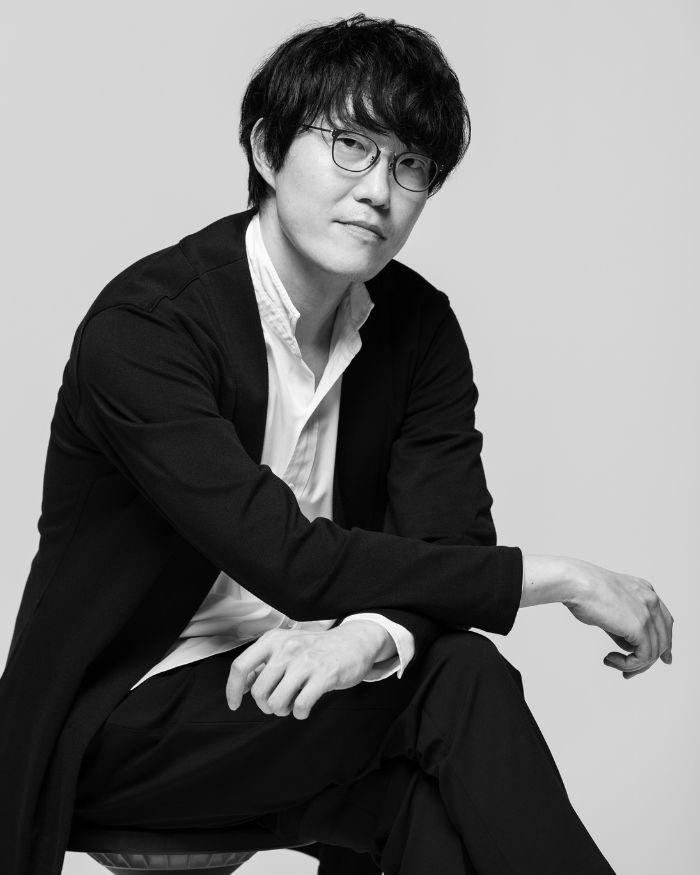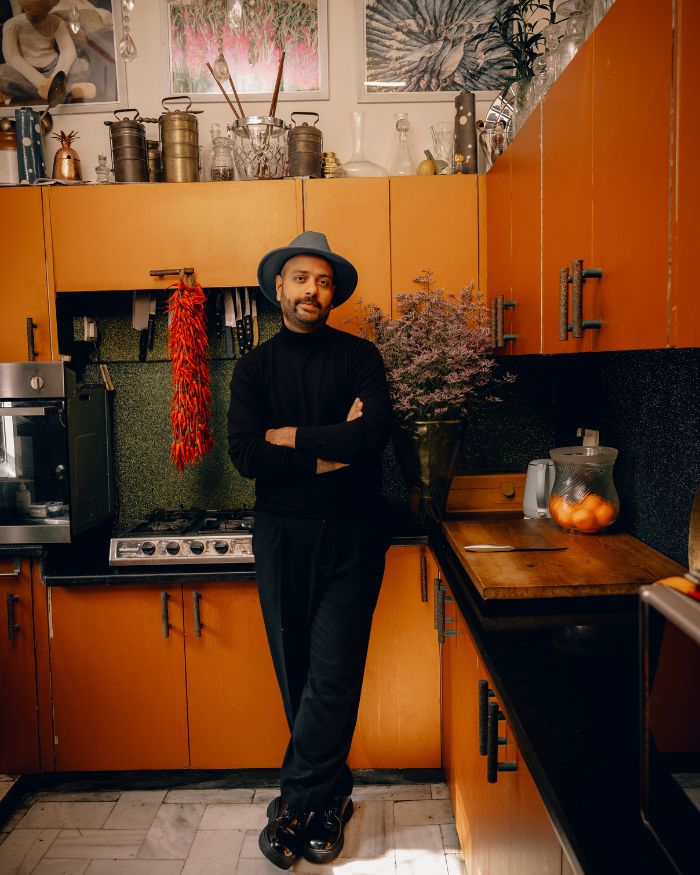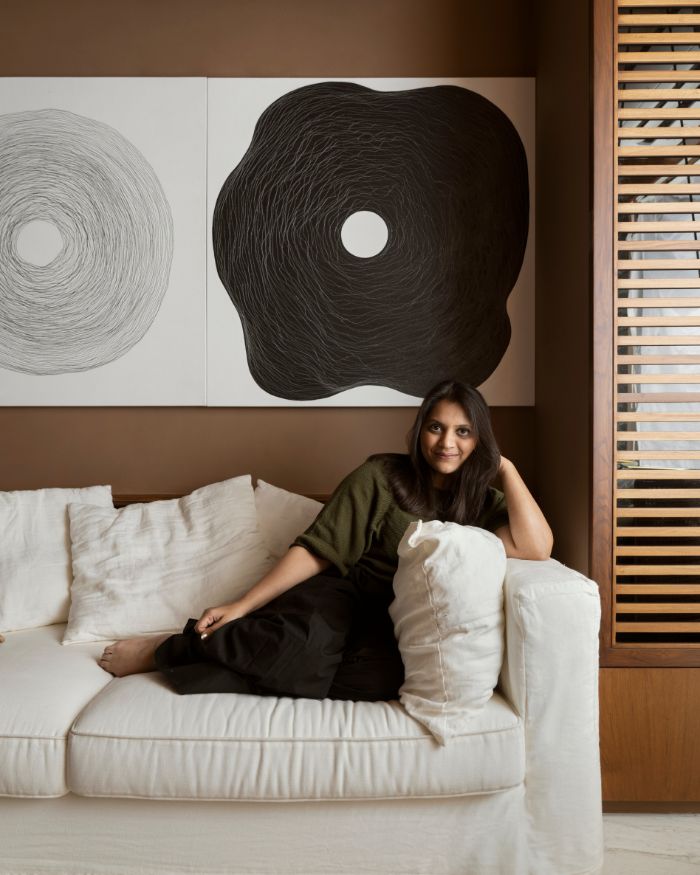“When I go into the classroom, will I be able to hold my head high? Or will I have to lie to my students that I take great care in design and then criticise their projects?” asks Professor Neelkanth Chhaya.
To teach design is to teach someone how to think, how to see, creating frameworks of perception and practice. One afternoon by the Bandra Bandstand, a friend from an architectural studio where we were both wide-eyed interns, asked me if I knew Chhaya sir. She proceeded to recount his words from a jury, “He asked me how water moves. And how wonderful it would be if the space could be designed to flow as waves or ripples.” In a simple statement, he offered a lens to view architecture, not as an object in isolation but in an intertwined relationship with the world around it.
Professor Neelkanth Chhaya, fondly known as Chhaya sir, grew up in Nairobi, Kenya and came to Ahmedabad to study architecture at CEPT University, where he would later return to teach in 1987. After more than two decades, he retired as the Dean of the Faculty of Architecture. He currently teaches at Srishti Manipal Institute of Art, Design and Technology where he also holds the UNESCO Chair on Culture, Habitat and Sustainable Development. For his inquisitiveness as an educator, he was awarded the inaugural Balkrishna Doshi: Guru Ratna Award.
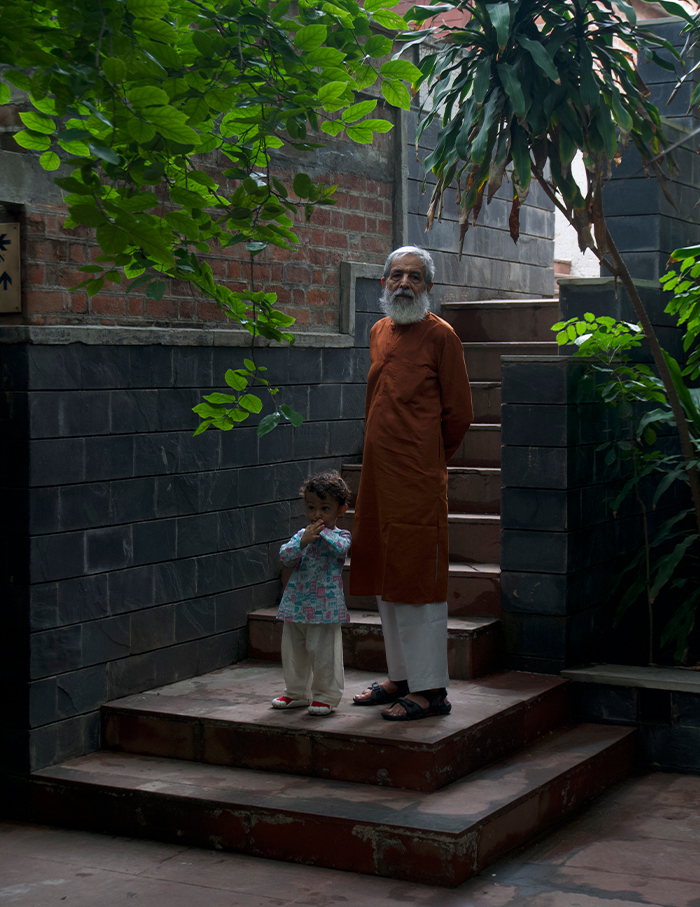
Three mentors shaped his formative years as a student, the first being Doshi. “He would walk into the classroom, he would talk to us and he was a great inspiration because he had an easy way of talking and teaching,” explains Professor Chhaya, adding, “He never made things complicated, never used difficult terms or words, but he was absolutely clear in what he was explaining.” The second mentor was Anant Raje who taught him in his second year of college. “He set his exercises very beautifully and then he would talk about what you had done in a way that you realised the larger implications of what you were doing,” he avers. The third was another teacher of his, Kurula Varkey with whom he later taught at the University of Nairobi.
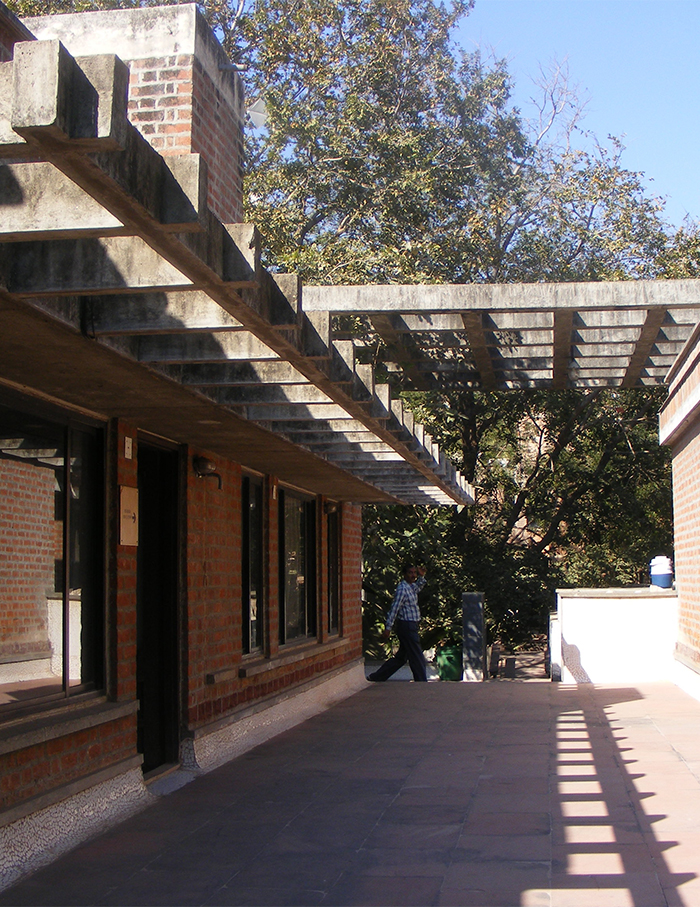
Parallel to his pedagogy, Professor Chhaya practised in Kenya before moving to Vadodara with his family in the 80s. It is here that he started Mandala Design Services with Kallol Joshi and Sohan Neelkanth. He now lives and practices in Ahmedabad. How do the two strains of teaching and praxis inform each other? A sense of responsibility and accountability underlines his design philosophy, “When I go into the classroom,” he asks, “Will I be able to hold my head high? Or am I just quickly finishing something and I will have to lie to my students that I take great care in a design and then criticise their projects.”
His office is structured akin to a design studio with six to seven people. “When we start a new project, all of us are involved. At the design stage, everyone has a right to say something and it’s an enriching process. The design studio need not be that different from a learning studio and ideally, you should be learning things in your own practice.”
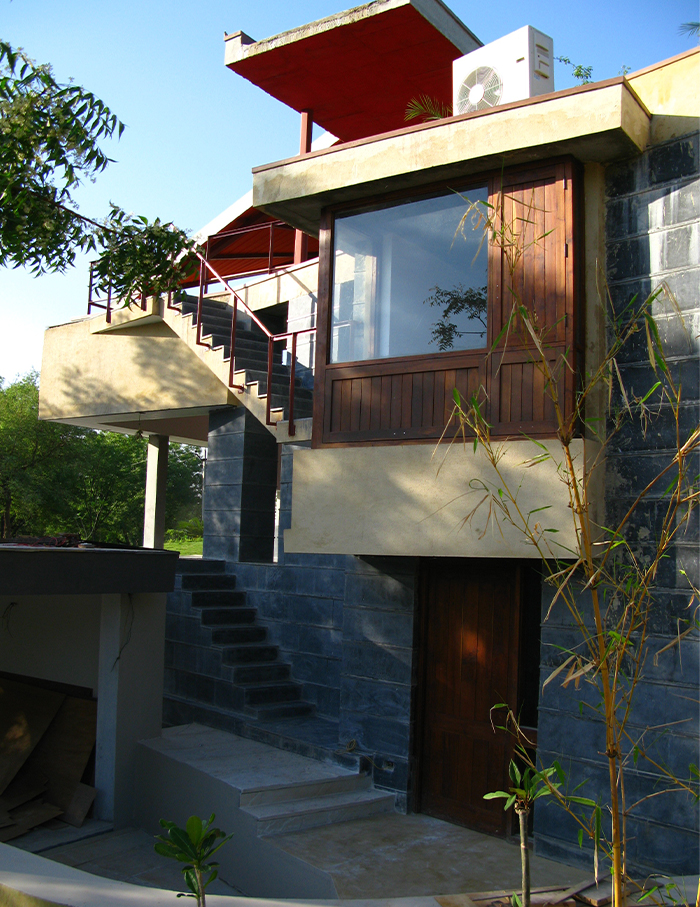
As a young architect, he was invited by Kartikeya Sarabhai to a competition for designing the Centre for Environment Education in Ahmedabad. As the winning entry, his studio started the work in the mid-80s. The site, Professor Chhaya recalls, slopes from northwest to southeast. “Over time, the rain would have eroded some gullies. So the whole land was a set of valleys in which trees had grown. It was like a forest. The challenge was we had to build in a way in which we cut the smallest number of trees,” he says. The built form was constructed with trees growing in the middle of the building and at times, inside. He adds, “If there was a tree, then we made a hole in the slab and let it grow.”
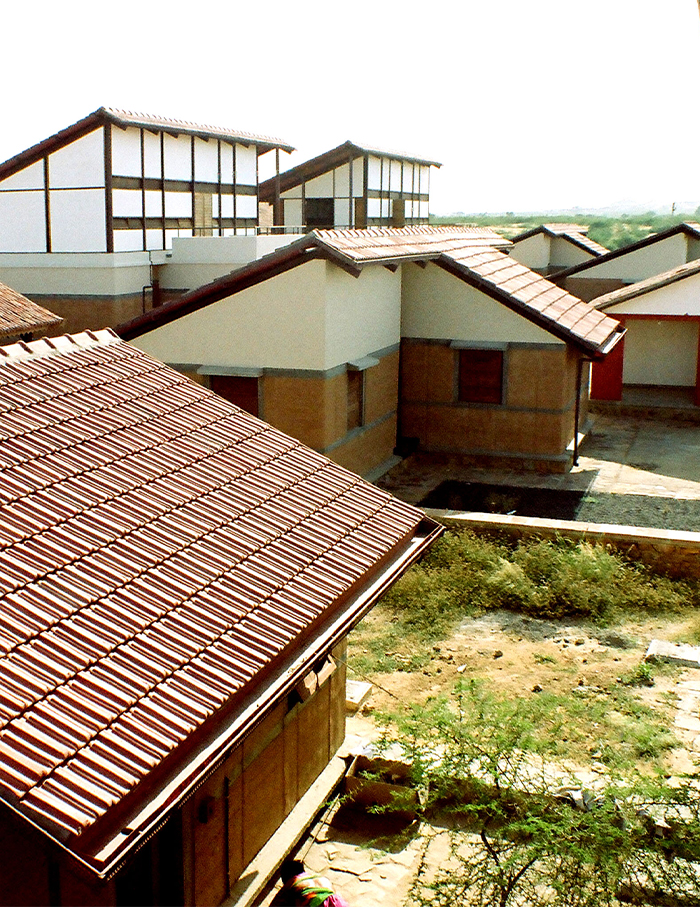
After the 2001 Kutch earthquake, with the community of craftsmen being affected, their tacit knowledge was threatened to be lost. Professor Chhaya collaborated with the Hunnarshala Foundation to bring the idea of the Khamir Craft Resource Centre to life. In a landscape absent of any contour, the built form blends into the context, respecting the surrounding ecology and heritage. The built environment for him has always been in dialogue with the natural, “You respond to the external features to situate yourself in a way where the snake can slither past without harming you. You don’t try to go and kill the snakes. That is impossible.”
It leaves us with the elusive question, how do you define the mystical act of designing? Chhaya sir explains, with a nonchalant demeanour in unassuming words, “It is a way of reorganising things and relationships to materials, to living creatures, to people in a way that you feel at home. Everything else is subsidiary.”
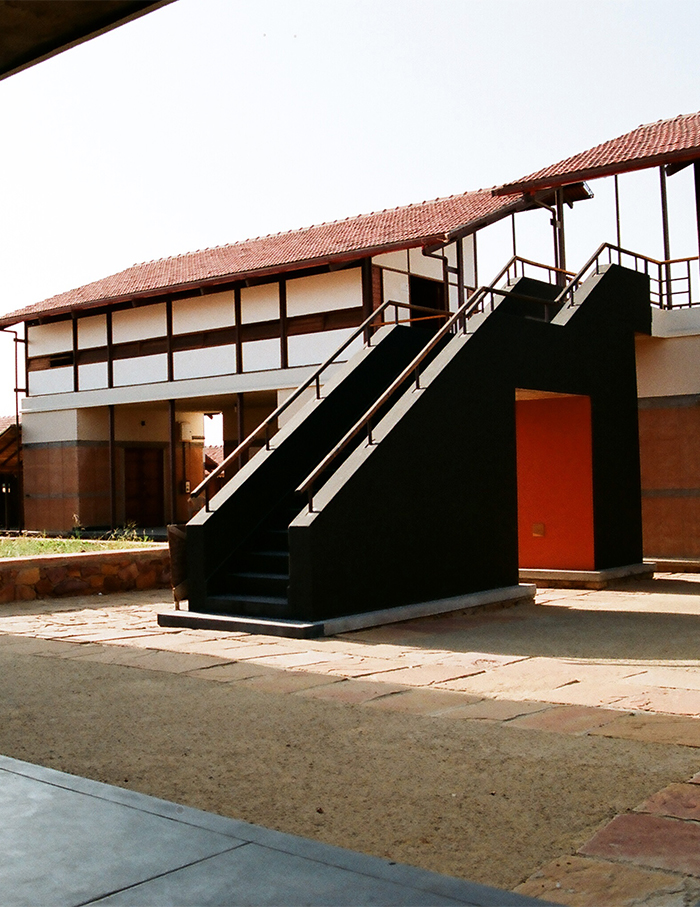
Sneak peek into pivotal projects from Professor Neelkanth Chhaya’s portfolio that capture his commitment to responsible and contextual design.
Khamir Craft Resource Centre, Kuma
After the Kutch earthquake, the idea of a space emerged where designers and craftspeople could work together. Professor Neelkanth Chhaya collaborated with the Hunnarshala Foundation to bring this vision to life. The lines of the built form blend into the horizontality of the landscape. Responding to the climatic conditions, the envelope sports rammed earth walls and to hold visual weight, the lower stories are differentiated by material and colour.
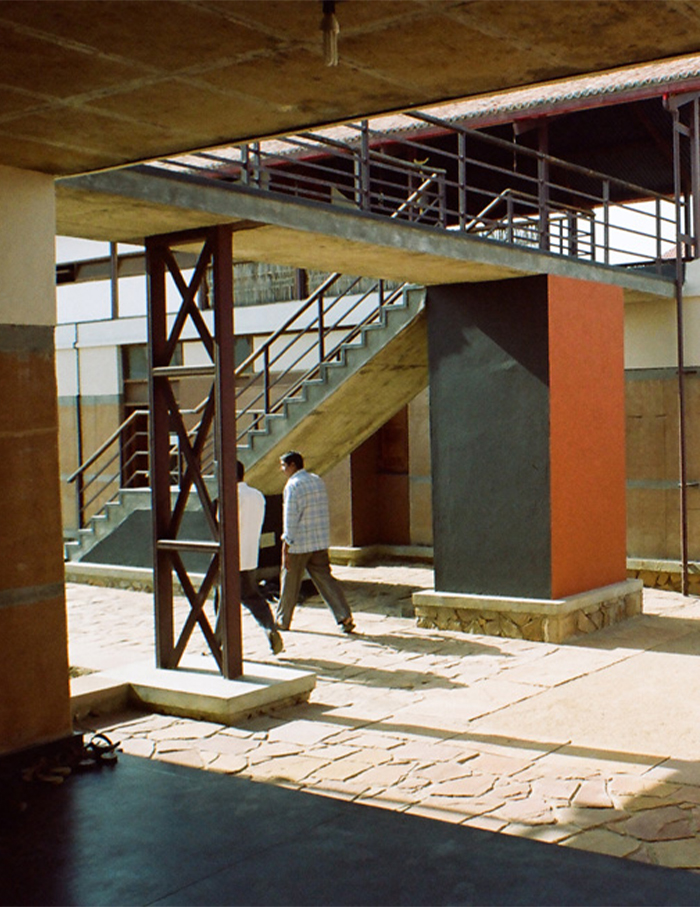
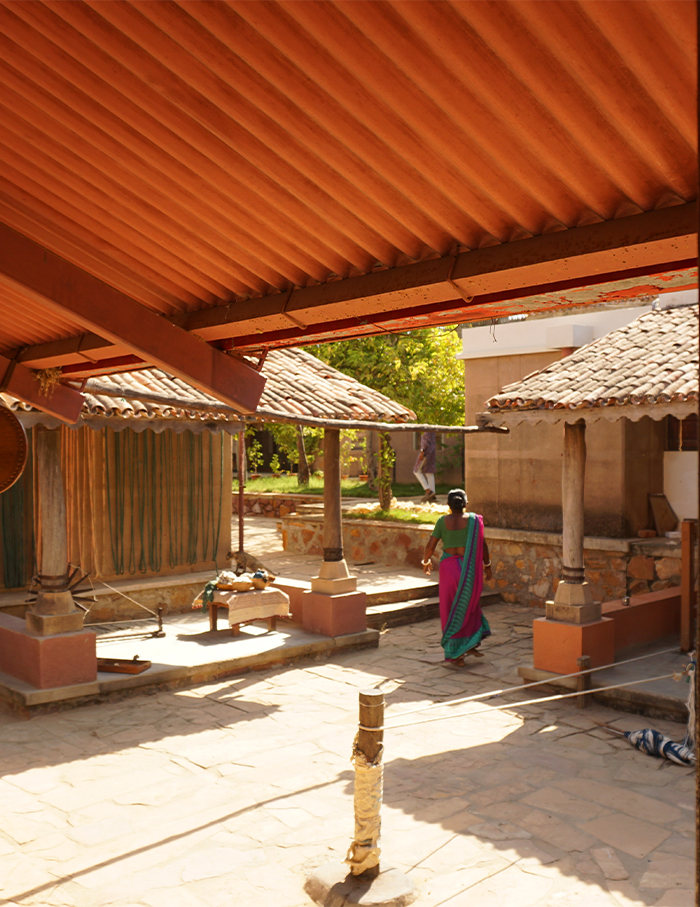
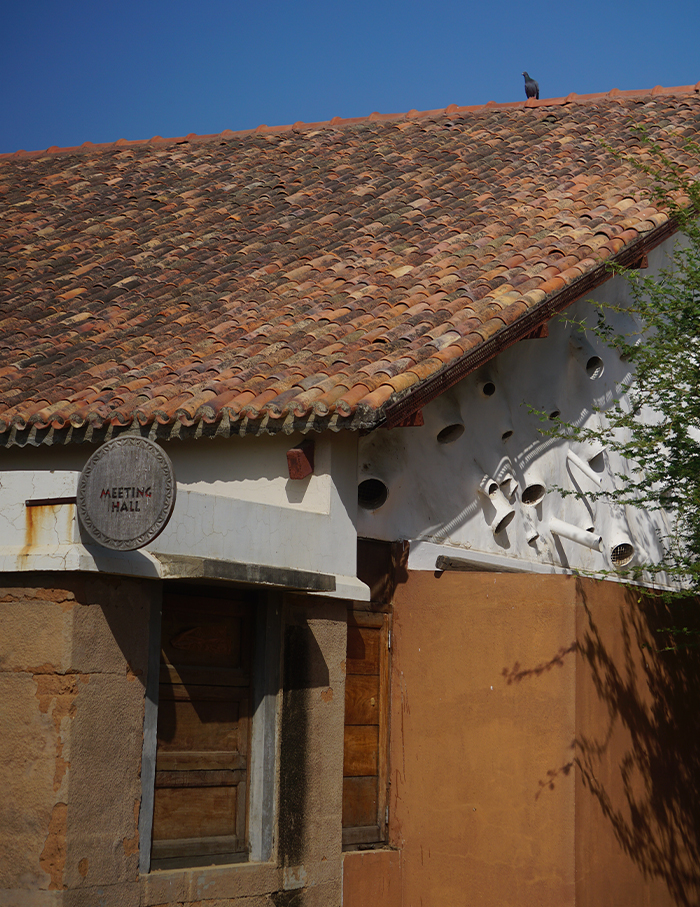
Weekend home, near Ahmedabad
Few kilometres away from Ahmedabad, Professor Chhaya designed his weekend home, amidst the canopies of wayward trees. The rough-hewn stone and exposed bricks play a foil to the smooth floors and wooden finishes. When asked about his favourite corner, he tells us that it is the verandah dappled with sunlight.
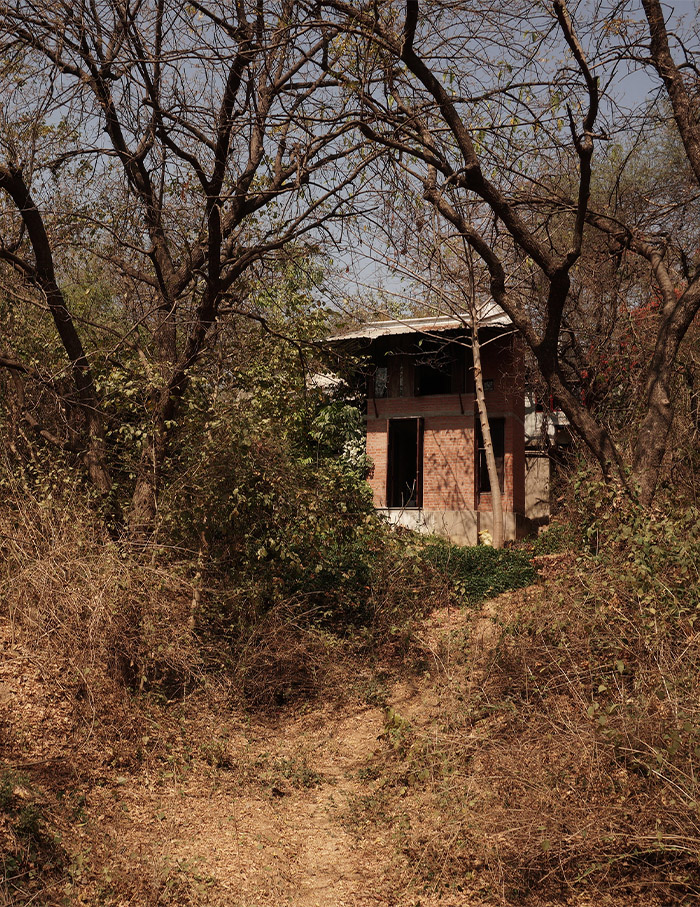
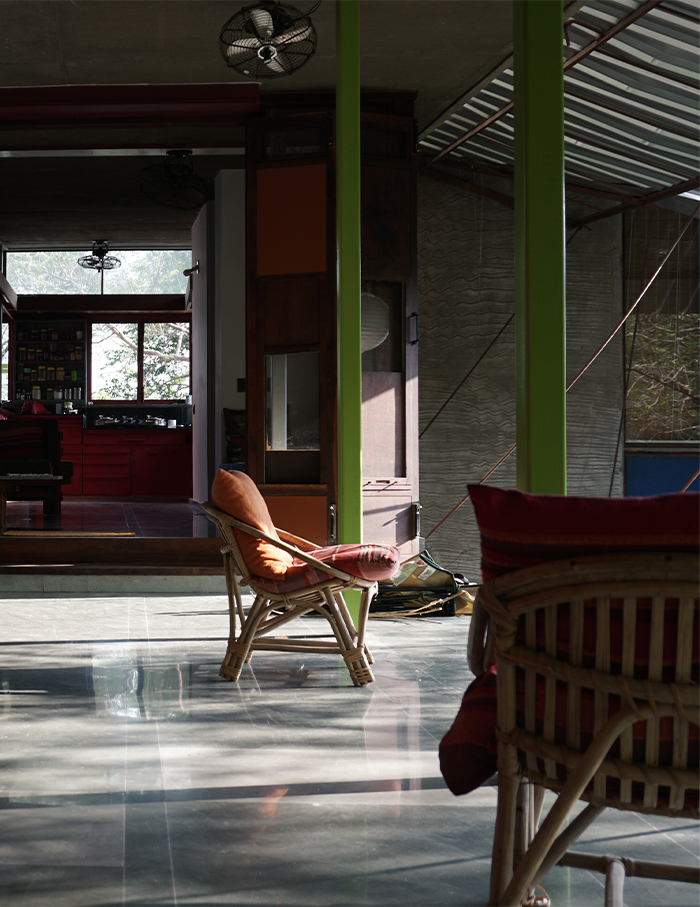
Centre for Environment Education, Ahmedabad
Having won a design competition in 1986 for the Centre for Environment Education (CEE) in Ahmedabad, Professor Chhaya was appointed as the architect. “The site is extremely interesting,” he claims. On sloping land, cedar trees had grown in the valleys eroded by the rain. The geometry of the 7,000 sq ft project is designed around the trees. Alongside the Khamir Craft Resource Centre, the CEE was an important milestone in his practice, encouraging him to “radically think again about how you make an institution”
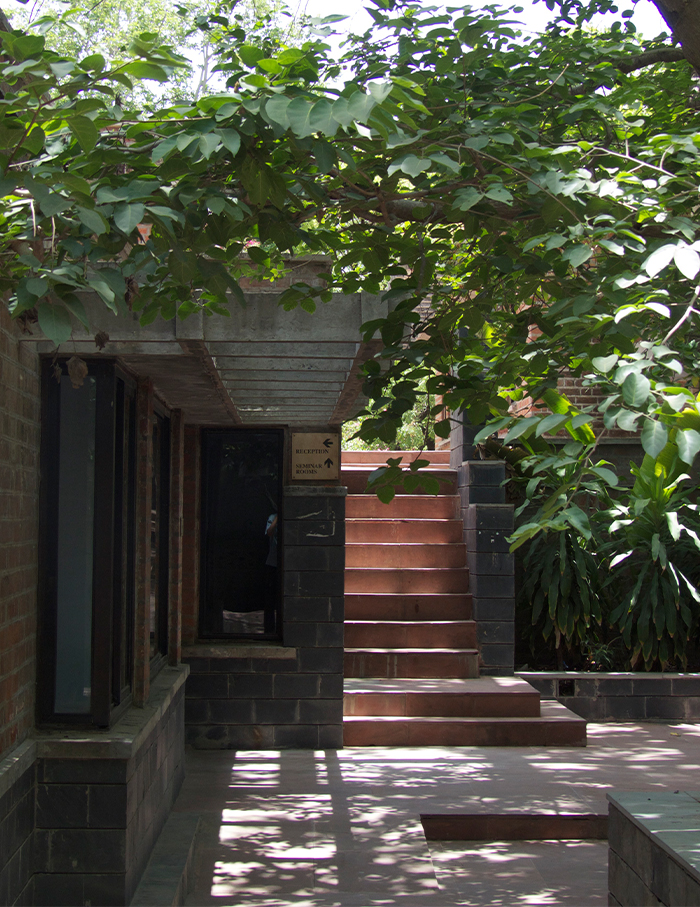
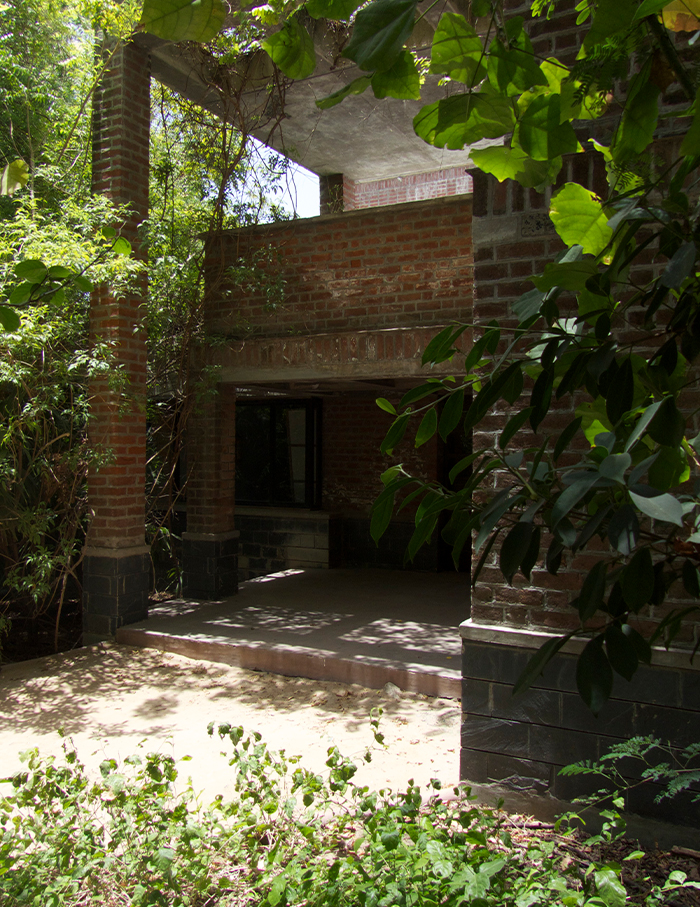
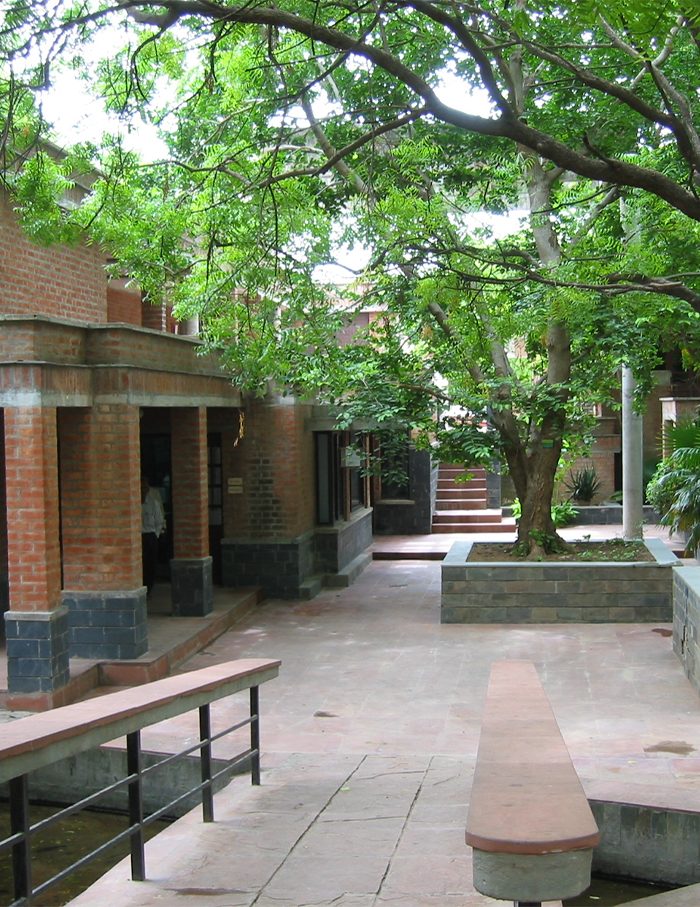
Neha Parikh’s house, Ahmedabad
In Ahmedabad, the built form of the residence and the stables cuts into the landscape, following the contours of the terrain. Due to the flow of the land, you enter at an upper level and go down into the heart of the house. Adhering to the downward slope, the swimming pool sits in a valley akin to a ravine in the landscape. The exposed brick skin camouflages in the surroundings, moulding itself into the context.
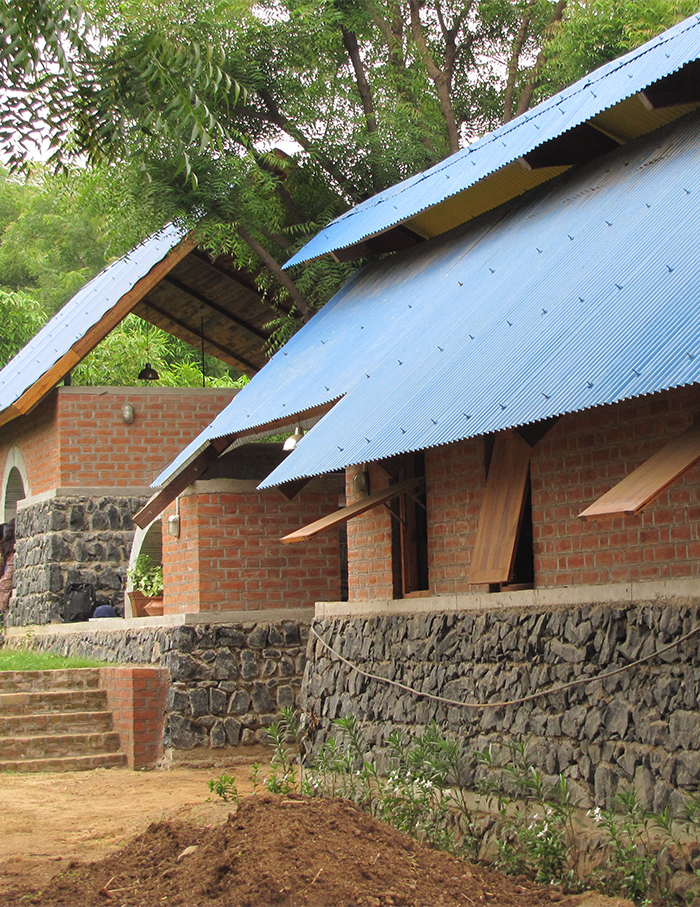
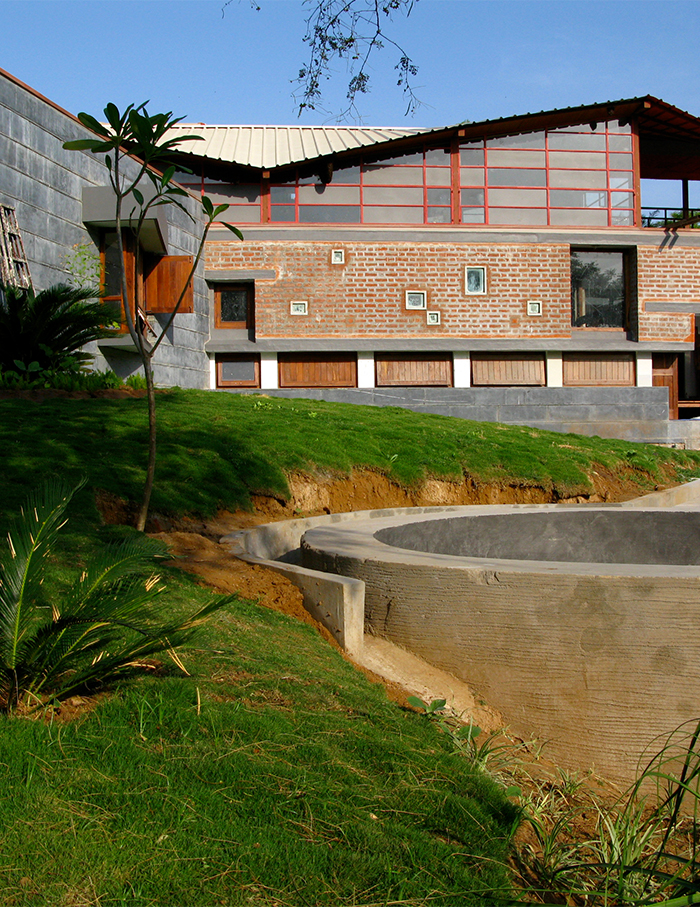
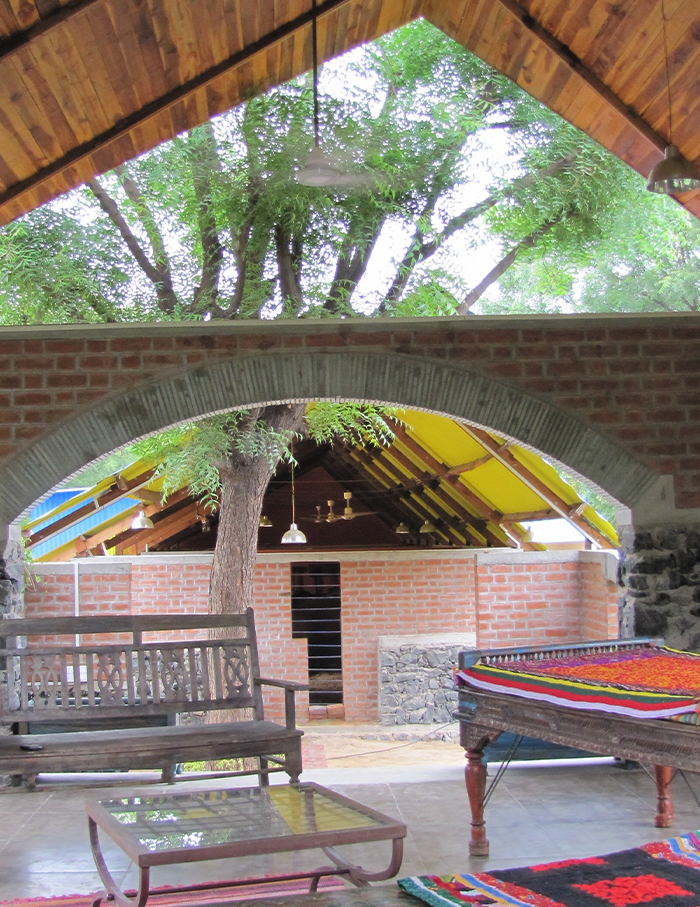
Read More: A chat with Mathieu Lehanneur: Making history at Maison&Objet 2024 to the Paris Olympics

